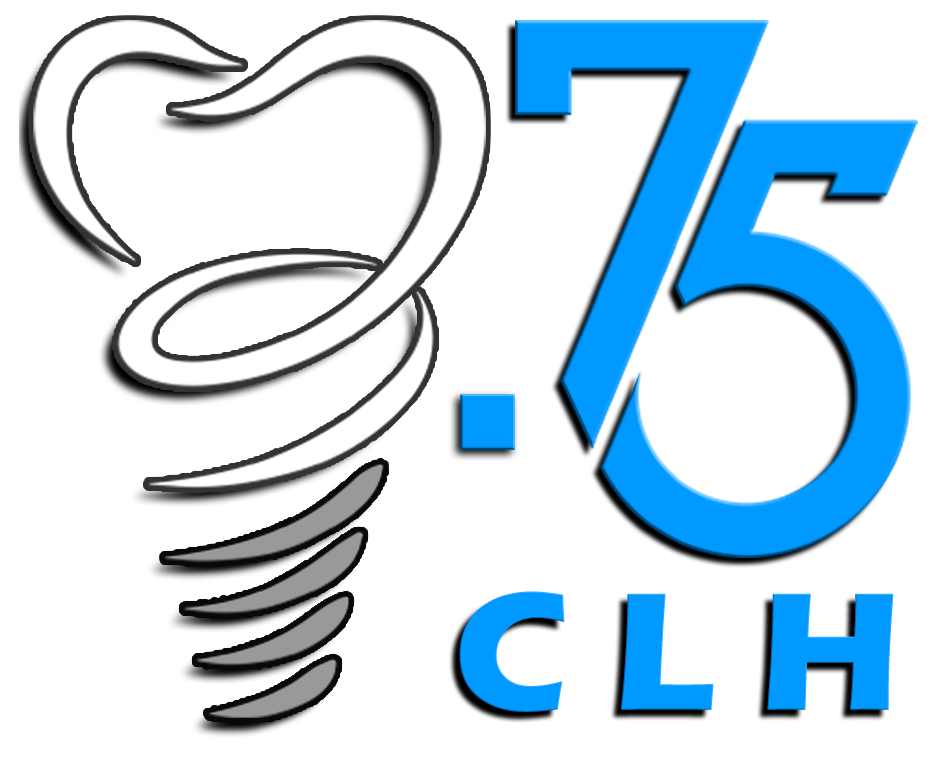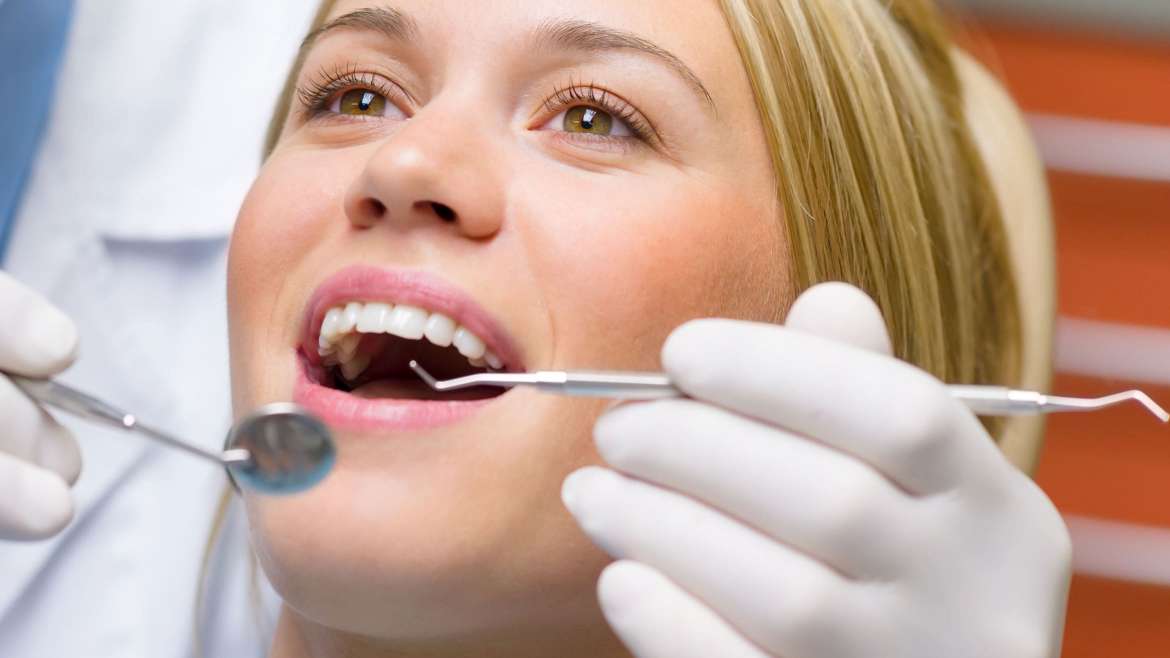Good dental care begins before a baby’s first tooth appears. Just because you can’t see the teeth doesn’t mean they aren’t there. Teeth actually begin to form during pregnancy. At birth, your baby has 20 primary teeth, some of which are fully developed in the jaw.
Here’s when and how to care for those little choppers:
- Even before your baby starts teething, run a clean, damp washcloth over the gums to clear away harmful bacteria
- When your baby gets teeth, brush them with an infant toothbrush. Use water and a tiny bit of fluoride toothpaste (about the size of a grain of rice). If you are using baby toothpaste without the fluoride, keep it to the same amount because you still want to minimize any toothpaste that is swallowed.
- When two of your baby’s teeth touch, you can begin flossing between them.
- Around age 2, your child should learn to spit while brushing. Avoid giving your child water to swish and spit because this can make swallowing toothpaste more likely.
- Kids ages 3 and up should use only a pea-sized amount of fluoride toothpaste.
- Always supervise kids younger than 8 while brushing, as they’re likely to swallow toothpaste.
Even babies can get tooth decay. Putting a baby to sleep with a bottle can harm a baby’s teeth. Sugars from juice, formula, or milk that stay on a baby’s teeth for hours can eat away at the enamel (the layer of the tooth that protects against tooth decay). This can lead to “bottle mouth” or “baby bottle tooth decay.” When this happens, the front teeth can get discolored, pocked, and pitted. Cavities might form and, in severe cases, the decayed teeth might need to be pulled.
When kids are 6 months old, they can switch from a bottle to a sippy cup (with a straw or hard spout). This helps prevent liquid from pooling around a child’s teeth. By their first birthday, they can use the cup on their own.
When Should Kids See a Dentist?
Children see a dentist by their first birthday. At this first visit, the dentist will explain proper brushing and flossing techniques and do a modified exam while your baby sits on your lap.
These visits can help find problems early and help kids get used to visiting the dentist so they’ll have less fear about going as they get older. Pediatric (Children’s) dentists are trained to handle the wide range of issues associated with kids’ dental health. They also know when to refer you to a different type of specialist, such as an orthodontist to correct an overbite or an oral surgeon for jaw realignment.
If a child seems to be at risk for cavities or other problems, the dentist may start applying topical fluoride even before all teeth come in (this also can be done in the pediatrician’s office). Fluoride hardens the tooth enamel, helping to ward off the most common childhood oral disease — dental cavities (also called dental caries).

